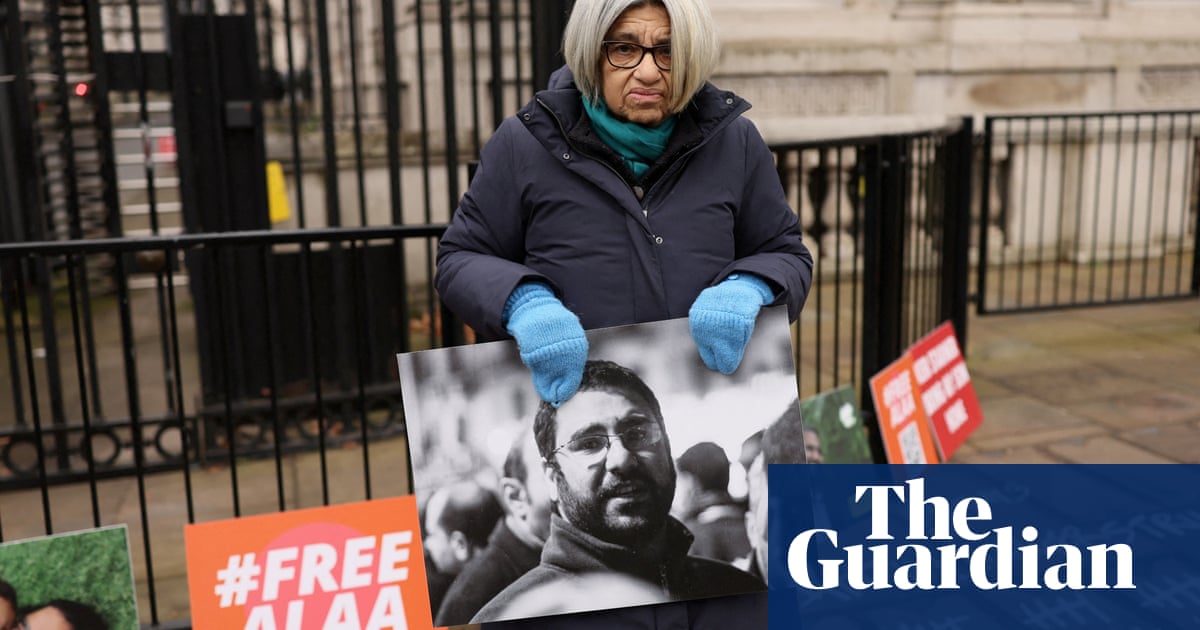In 1987, just under half the population – 48% – still believed that a man’s main job was to earn money, and a woman’s to look after the home, according to the British Social Attitudes survey. By 2022 that had plummeted to 9%. Yet while the proportion of women in full-time jobs has soared, the burden of domestic labour still falls unfairly on their shoulders in heterosexual households – whereas same-sex couples tend to divide it more equally. Men are doing more than they did, but women still do most – even when they are the main breadwinners, US research has shown. Beliefs have been transformed, but behaviour has proved more stubborn.
Globally, the UN has reported that women do at least two-and-a-half times more household and care work than men, equivalent to 10%-39% of the gross domestic product of member states. In the US, analysis suggests that women – who make up half of the paid workforce – account for almost 80% of the unpaid domestic work: worth around $3.6tn a year. Yet this labour is not included in GDP and in many countries is ignored or insufficiently recognised when it comes to divorce.
So a new book on a half-century-old campaign – Wages for Housework: The Story of a Movement, an Idea, a Promise – offers food for thought today. Prof Emily Callaci traces the history and impact of the polarising feminist Marxist movement.
“They say it’s love – we say it’s unwaged work,” wrote Silvia Federici, one of its founders. It was not just that women’s labour was going unrecognised and unrewarded, and that women lacked autonomy as a result. It was also about recognising that unpaid work is integral to capitalism, sustaining the souls and bodies needed for paid work with smiles as well as hot suppers. The campaign argued, too, that women’s paid labour is least valued when it mirrors the unpaid work they already do.
The movement was international and intersectional, with the groups Wages Due Lesbians and Black Women for Wages for Housework soon emerging. But it was always a small strand in second-wave feminism and it remains controversial. Its key figures split. Many saw it as inviting capitalism into the home, encouraging women’s relegation to that sphere, or cementing the unequal domestic burden. In response, Selma James, another of its founders, accused middle-class feminists of idealising the workplace: “I had waitressed, packed sweets, and wired and soldered TVs on an assembly line. Liberation didn’t look like that!” she wrote.
Some activists demanded wages as a practical solution, while others saw the idea as a tool for challenging deeper systemic issues. In Prof Callaci’s words, it was “the starting point for a more fundamental transformation of our political imagination: the conjuring of a world organized around care rather than capitalist growth, the destruction of the environment, and pointless productivity”.
That might mean, for example, paying farmers to support nature rather than produce food. The movement has inspired prison abolitionists, members of Argentina’s Ni Una Menos campaign against male violence, organisers of paid domestic workers, and proponents of a universal basic income. It now calls for an income for all caring work, whether that be of people or the planet. It is not just a question of whether we value what we do not pay for – but of the cost when we do not value what matters.
Article by:Source: Editorial















